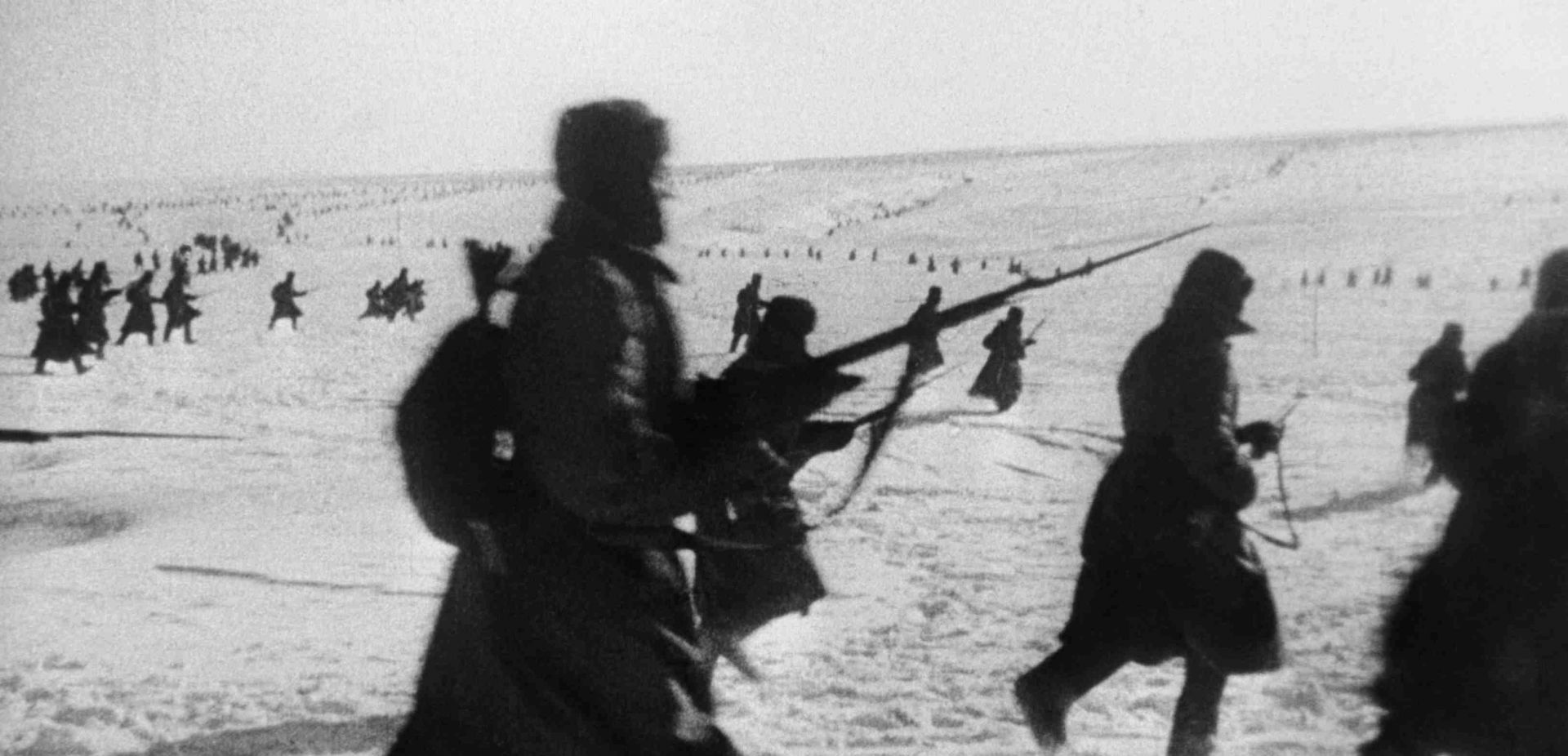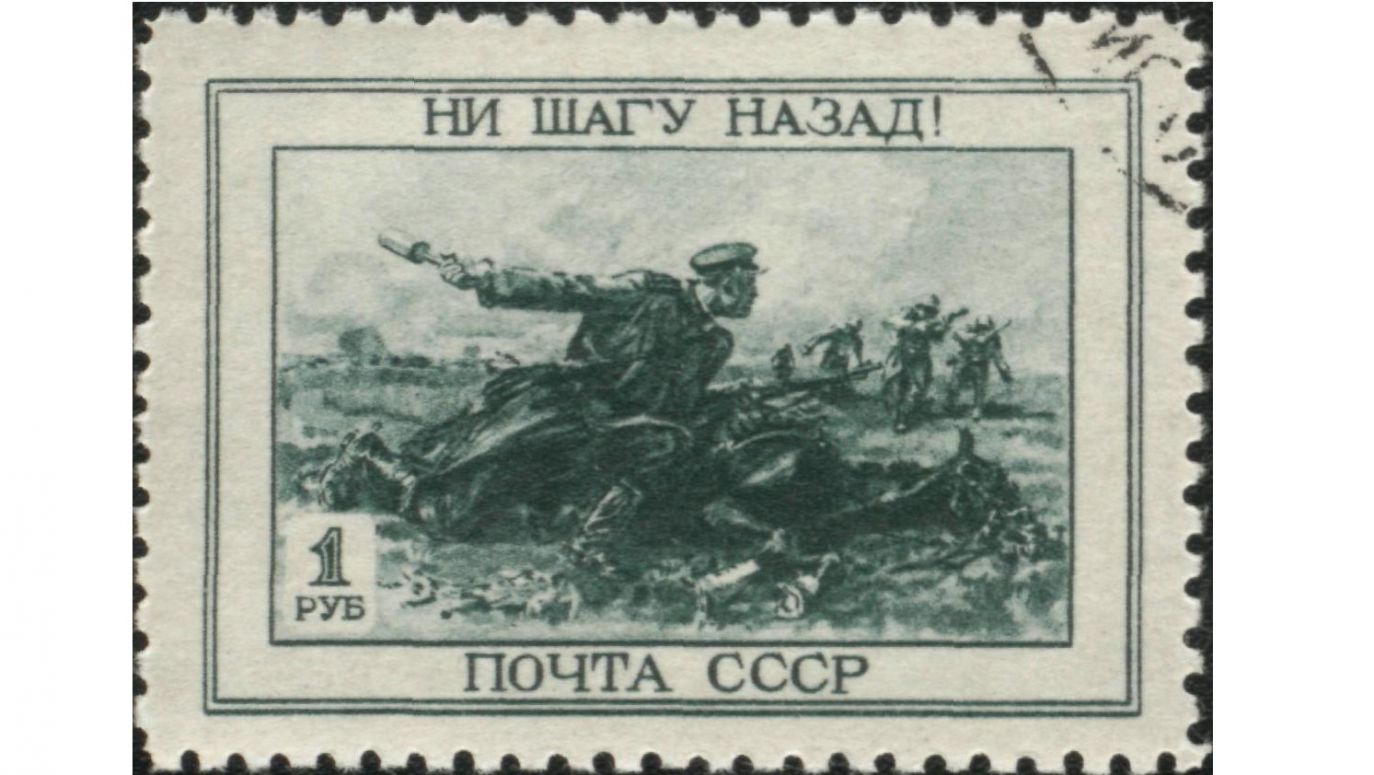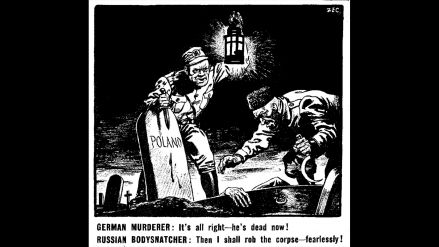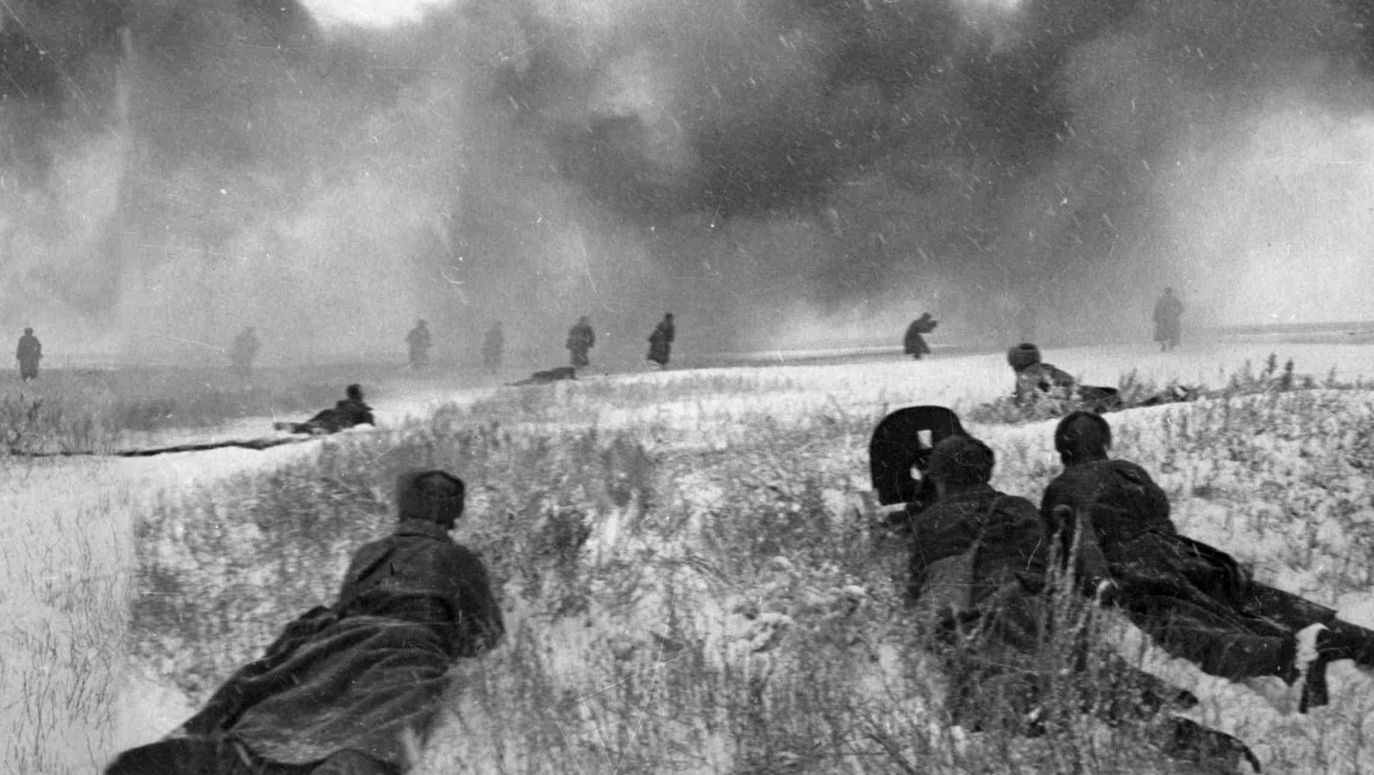When the Soviet Union joined the anti-Hitler coalition conversation with the western allies topics centred on the demand for the creation of the “second front”. This was to relieve pressure on the eastern front. The invasion of the Appenine peninsula in 1943 was not enough. The straighter route to the Third Reich lay through France and it was only after the allies had landed in Normandy in June 1944 that this expectation was met.
Complaints about the lack of a second front were used in soviet propaganda for domestic consumption and the term was widely circulated in the Red Army. In whispered jokes in the trenches and foxholes, the Red Army soldiers spoke of the second front that had appeared somewhat earlier than in 1944. Soldiers called the “second front” the blocking units, the anti-retreat formations in the immediate rear areas and organised by the NKVD, the security police forces, subordinated to the front and army commanders.
Victims of this “second front” are estimated to number a million Red Army soldiers and the most conservative estimates this figure at around 700,000.
Machine guns are mowing them down
One German officer described the Battle of Kursk thus “Not one step back! Waves of attacking Russians pour out from depressions in the terrain. Shoulder to shoulder. Everyone cried out Hurrraaah! Our machine guns mowed them down and mortar fire tore gaping holes in their ranks. You just could not miss! They were knocked over like ninepins, in their hundreds up to the time that their corpses formed a wall between us and the next wave. Follow-on waves stared to make off to the rear. Then someone started to shoot machineguns and poured in fire into the backs of these masses, mowing down their own. It's a vision from Dante’s Inferno.”
 SIGN UP TO OUR PAGE
SIGN UP TO OUR PAGE 
The attacking Red Army man had no other choice;a bullet from the front or one from behind. Either way he had to advance onto enemy positions. Maybe he could take the position by some miracle. If the first wave failed then there were others. Stalin was once reported to have said “We have lots of people.”
Wags wrote that the reason for these tactics awa the conviction that the Soviets had more people than the Germans ammunition. Be that as it may, during the Great Patriotic War the Red Army lost between 11 and 12 million. The way to clear minefield, by pushing masses of man without weapons was also an unexceptional practice.
The above relation by a Wehrmacht officer served German propaganda purposes. But what was it really like?
Panic mongers and cowards are to be liquidated on the spot!
Blocking units, barrier forces, or anti-retreat units had been organised as far back as the Russian civil war, after the Bolshevik revolution, the 1938 Japanese war, and the Winter War with Finland in 1939-40. A few days after the Third Reich invaded the Soviet Union, this measure was unsurprisingly renewed.

 SIGN UP TO OUR PAGE
SIGN UP TO OUR PAGE 







